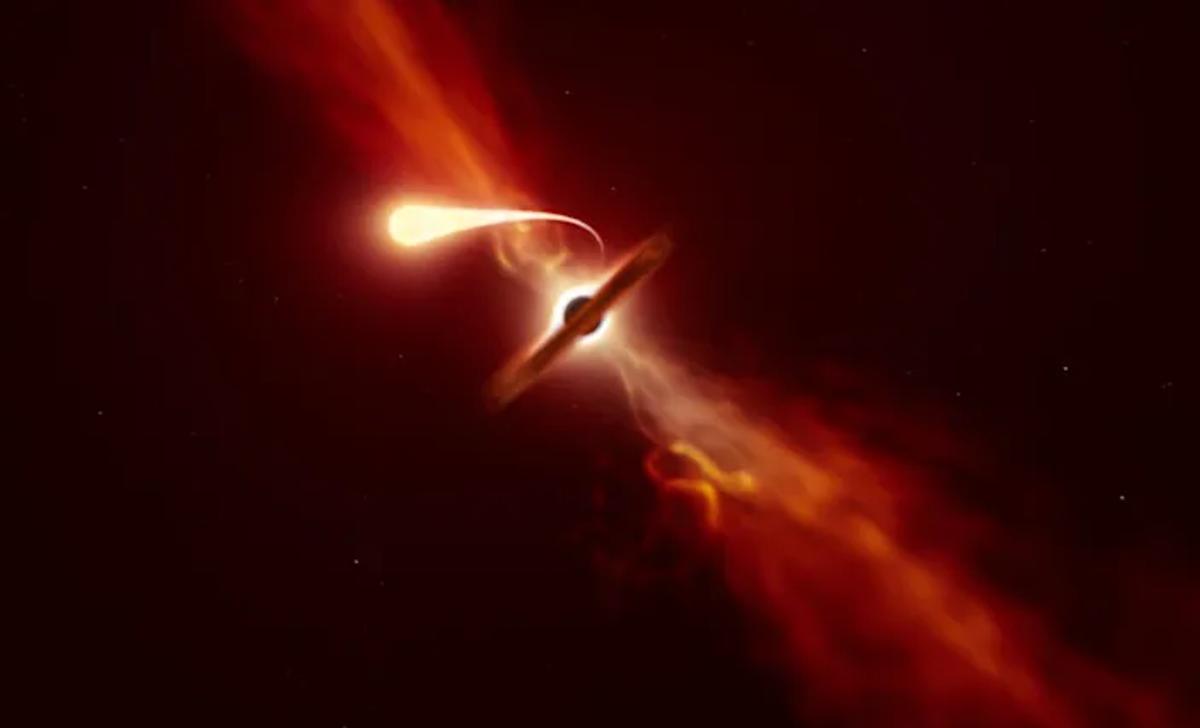Bamboozling Facts about Science
From our Science Captains

Bamboozling Facts about Science
From our Science Captains
Hello Everyone! As your Science Captains for 2021 we have decided to write a few articles for the Rocket Newsletter. We hope that you discover some facts and information about different science topics that you didn't already know about.
This week's article is about 'Black Holes'. Enjoy reading it!
by Vidya Ganeshkumar


Have you heard of “Black holes”? Have you ever wondered what they are? Have you ever seen pictures of someone turning into spaghetti and being sucked into a “black hole”?
A black hole is a place in space where gravity is so strong that even light cannot get out! Black holes are formed when giant stars explode at the end of their life. This explosion is called a supernova. If the star has enough mass, it will collapse on itself down to a very small size. Due to its small size and enormous mass, the gravity there will be so strong it will absorb light and become a black hole.


Black Holes are very interesting, we don’t know a lot about them because no one has been in one! Why? What would happen if you fell into a black hole? It certainly wouldn't be good! Around a black hole there is a position of no return, called the event horizon.
Once you enter the event horizon, your body would stretch out, not uncomfortably at first, but over time, the stretching would become more severe. Astronomers call this “spaghettification” because the intense gravitational field pulls you into a long, thin piece of spaghetti. So, how do we know that a black hole exists? Black holes affect nearby dust, stars and galaxies. Many of them are surrounded by discs of material. As the discs swirl around them like a whirlpool, they become extremely hot and give off X-rays and that’s how we know a black hole exists.
Black holes come in many different sizes. Many of them are only a few times more massive than our Sun. These 'stellar-mass' black holes form when a heavyweight star, about 10 times heavier than the Sun, ends its life in a supernova explosion and collapses into an area only a few kilometres across.


Most galaxies, including the Milky Way, have supermassive black holes at their centres. These may be millions or billions of times heavier than our Sun. These supermassive black holes are thought to be at the centre of every galaxy and play an important role in star formation within galaxies. The collisions of black holes and neutron stars help spread heavier elements, such as gold and platinum. These elements make up our Earth, and our own selves.
Black holes are undoubtedly one of the weirdest and coolest in space!
https://news.yahoo.com/astronomers-capture-death-spaghettification-black-180000896.html
https://www.planetsforkids.org/galaxies/black-holes.html
https://www.esa.int/kids/en/learn/Our_Universe/Story_of_the_Universe/Black_Holes